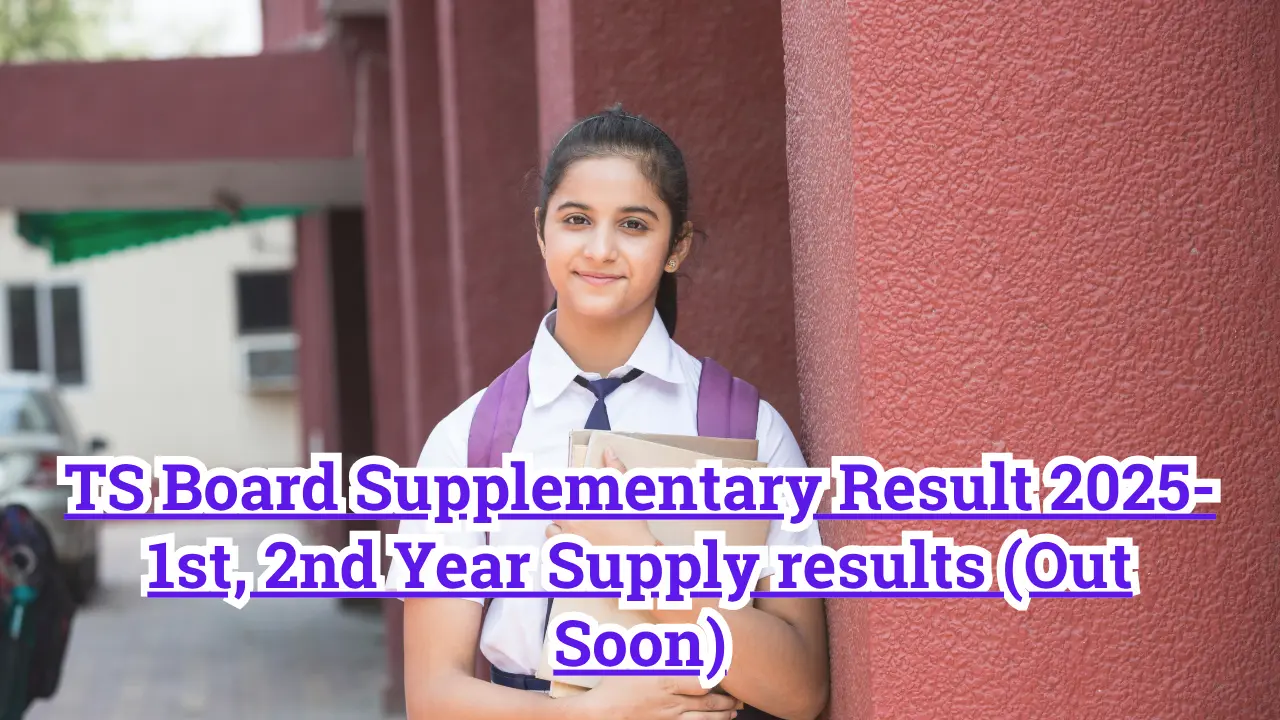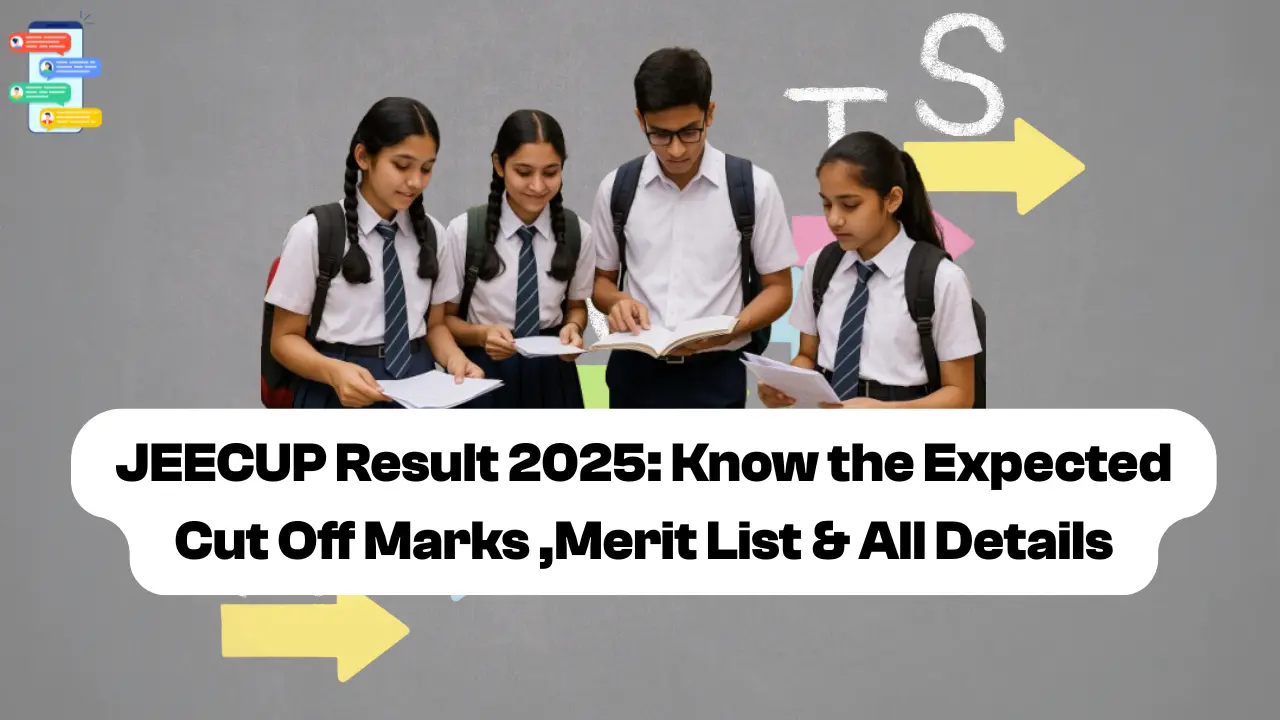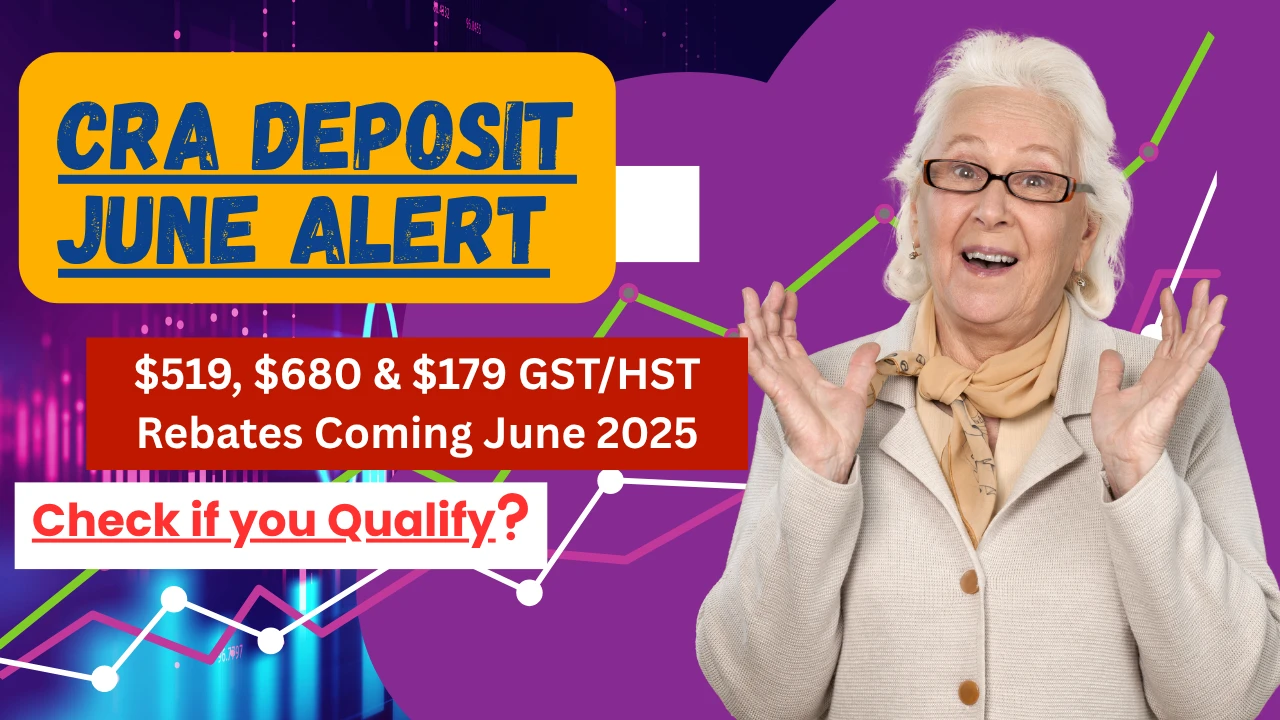The Census of India is a nationwide exercise conducted every ten years to gather comprehensive data on the country’s population. Managed by the Office of the Registrar General and Census Commissioner under the Ministry of Home Affairs, it covers demographics such as age, gender, literacy, occupation, and housing. The first complete census took place in 1881, and it has continued regularly, with the 2021 edition delayed due to the pandemic. The India Census 2027 will be held in two phases, with the reference dates set as March 1, 2027, for most of the country and October 1, 2026, for snow-bound regions.The census supports government planning, resource distribution, and policy-making. The next census will introduce digital tools for data collection, marking a significant shift toward modernization and improved efficiency.
India Census 2027
The India Census 2027 marks a historic step in modernizing population data collection through digital tools and inclusive approaches. With detailed phases covering housing and personal demographics, it will provide critical insights for national planning, electoral reforms, and social welfare. The inclusion of caste data and the option for self-enumeration reflect its progressive and participatory nature. Citizens should be prepared to answer basic but important questions about their household, identity, education, and employment. This census will shape India’s policy direction for the next decade, ensuring equitable growth, targeted development, and a more data-driven governance framework
History of the Indian Census 1872-2021
| Year | Census Type | Significance |
| 1872 | Non-synchronous Census | First population count across various parts of British India, not held on same date. |
| 1881 | First Synchronous Census | First coordinated, nationwide census under British rule. |
| 1891 | Second Census | Improved methodology; collected data on caste, language, and religion. |
| 1901 | Third Census | Provided details on migration and economic status. |
| 1911 | Fourth Census | Continued trend of better data categorization. |
| 1921 | Fifth Census | Noted for first population decline due to influenza epidemic. |
| 1931 | Sixth Census | Last census to include caste data in full detail. |
| 1941 | Seventh Census | Conducted during World War II; data was incomplete in some regions. |
| 1951 | Eighth Census | First census after India’s independence; included refugee data post-Partition. |
| 1961 | Ninth Census | Introduced electronic tabulation using machines. |
| 1971 | Tenth Census | Focused on demographic transition and urbanization. |
| 1981 | Eleventh Census | Noted growth in literacy and life expectancy. |
| 1991 | Twelfth Census | Conducted amid political and social challenges; some data gaps in Kashmir. |
| 2001 | Thirteenth Census | Included disability data for the first time. |
| 2011 | Fourteenth Census | Largest census in the world; introduced biometric data under NPR. |
| 2021* | Fifteenth Census (Postponed) | First digital census planned; delayed due to COVID-19 pandemic. |
The India Census 2027 is poised to be a transformative exercise, marking several significant milestones in the nation’s demographic data collection. Scheduled to commence in April 2026 and conclude by March 1, 2027, the census will be conducted in two phases:
- House Listing and Housing Census: This phase will involve documenting housing conditions and amenities.
- Population Enumeration: The second phase will focus on collecting detailed demographic data.
Key Objectives of the 2027 Census
Digital Transformation: For the first time, the census will be fully digital, utilizing mobile applications and online platforms for data collection. This approach aims to enhance efficiency and accuracy in capturing demographic information.
- Caste Enumeration: The 2027 Census will include comprehensive caste data collection, extending beyond the Scheduled Castes (SCs) and Scheduled Tribes (STs). This marks a return to caste enumeration since the 1931 Census, providing granular insights into the socio-economic status of various communities.
- Urbanization and Gender Metrics: The census will offer updated data on urbanization trends and gender distribution, aiding in the assessment of demographic shifts and their implications on infrastructure and policy planning.
- Delimitation of Constituencies: Post-census, the data will serve as the basis for the delimitation of Lok Sabha and State Assembly constituencies, ensuring equitable representation in legislative bodies.
- Socio-Economic Planning: The detailed demographic data will inform policy-making in areas such as health, education, housing, and employment, facilitating targeted welfare programs and resource allocation.
Phase 1: House Listing and Housing Census (April–September 2026)
- Objective: Collect data on housing conditions, household amenities, and the National Population Register (NPR).
- Method: Enumerators will visit each household to gather information on the structure and facilities available.
- Digital Integration: Utilization of mobile applications for data collection, allowing for real-time data entry and reducing manual errors.
Phase 2: Population Enumeration (February 2027)
- Objective: Gather detailed demographic, social, and economic data from individuals.
- Key Data Points: Information on age, gender, religion, caste, education, occupation, disability, migration, and fertility.
- Caste Enumeration: For the first time since 1931, the census will include detailed caste data, recording individual castes without categorizing them into groups like OBC, SC, or ST.
- Digital Tools: Continued use of mobile apps and online portals for data collection, enabling citizens to self-enumerate.
Reference Dates
- General Areas: March 1, 2027
- Snow-Bound and Non-Synchronous Areas (e.g., Ladakh, Jammu & Kashmir, Himachal Pradesh, Uttarakhand): October 1, 2026
Training and Capacity Building
- Enumerators: Approximately 30 lakh enumerators will be trained to conduct the house-to-house enumeration.
- Training Levels:
- National Trainers: 100 trainers at the apex level.
- Master Trainers: 1,800 trainers to impart skills to field trainers.
- Field Trainers: 45,000 trainers to train enumerators and supervisors.
- Methodology: Training will focus on both census and trainer development skills to ensure effective data collection.
Data Security and Privacy
- Digital Shift: The transition to a digital census aims to enhance data accuracy and processing efficiency.
- Security Measures: Implementation of end-to-end encryption and transparent data handling protocols to protect citizen information.
- Self-Enumeration: Citizens will have the option to self-enumerate through secure online platforms, ensuring data privacy.
General Questions Asked During India Census 2027 Questionaire
- Household Information
- What is the type of your house (pucca, semi-pucca, or kutcha)?
- How many rooms are there in the house?
- What is the primary source of drinking water?
- Do you have access to a toilet within the premises?
- What type of cooking fuel is used?
- Is electricity available in the household?
- Do you own a television, radio, computer, or mobile phone?
- What is the type of ownership (owned, rented, government quarters, etc.)?
Personal Demographic Details
- Full name of the individual.
- Age and date of birth.
- Gender (male, female, transgender).
- Relationship to the head of the household.
- Marital status.
- Nationality and place of birth.
- Current place of residence and duration of stay.
Education and Literacy
- Are you able to read and write?
- What is the highest level of education completed?
- Are you currently attending any educational institution?
Employment and Economic Activity
- Are you currently employed?
- What kind of work do you do?
- What is the nature of your employment (government, private, self-employed, etc.)?
- If unemployed, are you looking for work?
Social and Cultural Identity
- What is your religion?
- What is your caste or community? (This includes caste enumeration in 2027.)
- What language(s) do you speak at home?
Disability Status
- Do you have any form of disability?
- If yes, what type of disability (visual, hearing, locomotor, mental, etc.)?
Migration and Mobility
- Were you born in this town/village?
- If not, when did you move here?
- What was the reason for migration (employment, education, marriage, etc.)?










